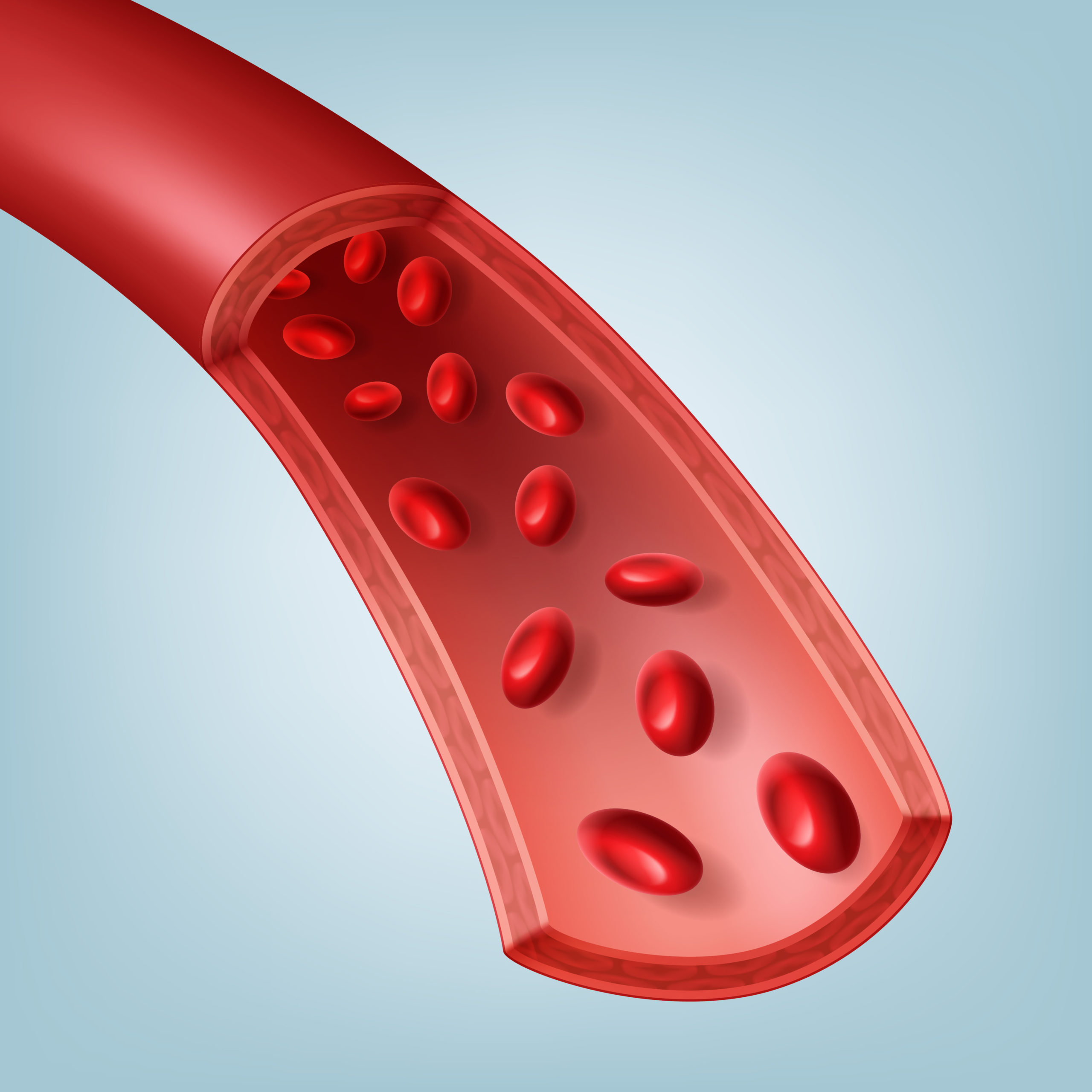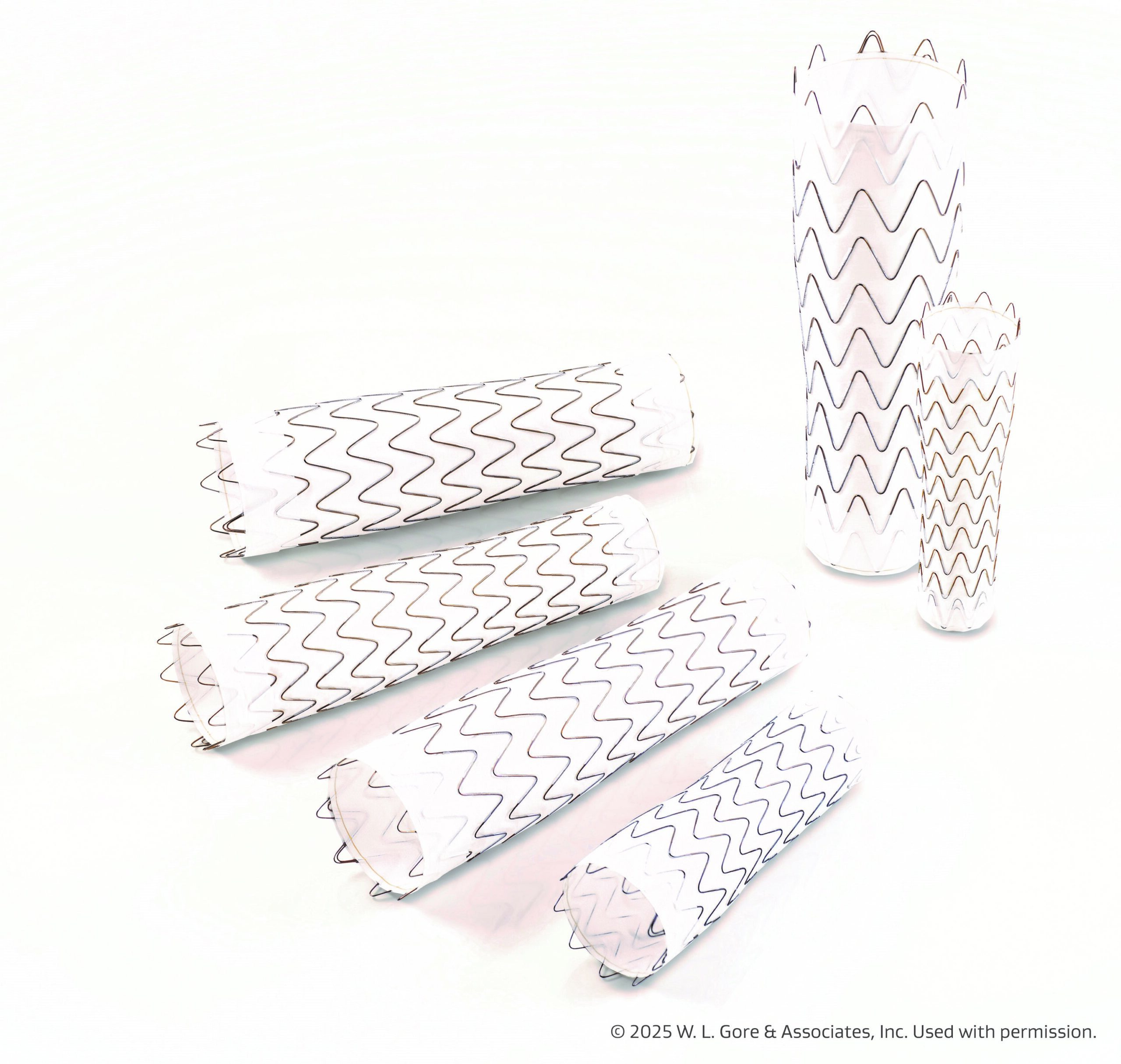
In a recent meta-analysis, published in the Journal of Cardiothoracic Surgery, researchers found that the “one-stop” procedure of catheter ablation combined with left appendage occlusion was effective for patients with non-valvular atrial fibrillation (NVAF). However, they noted, “patients with more residual blood flow have a higher incidence of bleeding complications.”
The researchers, led by Jun Qu, collected 18 studies published on the PubMed, Embase, and Cochrane Library databases, encompassing 1,385 patients with NVAF undergoing catheter ablation combined with left appendage occlusion.
In the perioperative period of the procedure, the participants had pooled incidences of pericardial effusion, major or minor bleeding events, and residual flow of 0.5% (95% CI, 0.0002-0.0099), 1.42% (95% CI, 0.00-0.04), and 7.24% (95% CI, 0.0447-0.0975), respectively, according to the study. During follow-up, the incidences of all-cause mortality, embolism events, and bleeding events were 0.32% (95% CI, 0.0000-0.0071), 1.29% (95% CI, 0.0037-0.0222), and 2.07% (95% CI, 0.0075-0.0339), respectively.
During transesophageal echocardiography follow-up, the most common complication was residual flow event with an incidence rate of 10.8% (95% CI, 0.0075-0.0339), and the maximum occurrence probability of residual flow events was 17.92% (95% CI, 0.1133-0.2452). Additionally, the included patients had a NVAF recurrence incidence rate of 29.23% (95% CI, 0.2222-0.3623).
Ultimately, the authors suggested that the catheter ablation with left atrial appendage occlusion “is an optimal possible interventional treatment reflecting the comprehensive management of NVAF under the current theoretical background and clinical practice conditions.”







 © 2025 Mashup Media, LLC, a Formedics Property. All Rights Reserved.
© 2025 Mashup Media, LLC, a Formedics Property. All Rights Reserved.